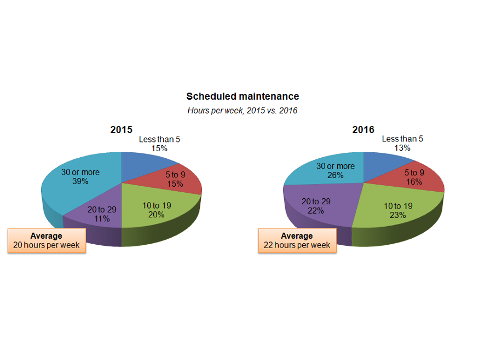In the last three years, there have been have been numerous acquisitions in the M2M module market.

Yesterday’s announcement that Sierra Wireless has entered into an exclusivity agreement to acquire Sagemcom’s machine-to-machine (M2M) business is yet another move toward large-scale consolidation within the M2M module market. I expect continued price erosion in the module market will result in further consolidation in upcoming years, a trend that is likely to create a challenging environment for smaller players and new entrants into the space.
In the last three years, there have been have been numerous acquisitions in the M2M module market. For the most part, these transactions have allowed a select few module vendors to expand their products lines and rapidly increase their market position. One example of this is Telit, which acquired Motorola’s M2M division in early 2011. On the back of this acquisition, Telit shipped approximately 7.5 million modules in 2011, up from slightly less than 5.5 million in 2010. This growth of about 2 million modules represented the largest year-on year increase of module shipments of any module vendor.
It would appear that Sierra Wireless, which is already a market leader in terms of revenues, is now in line for a similar market share bump that could propel it to the top of the module market. According to the 2012 Edition of IMS Research’s (recently acquired by IHS Inc.) The World Market for Modules in Cellular M2M Communications, Sierra Wireless and Sagemcom’s cumulative market share in 2011 (in terms of modules shipped) exceeded 23%, a figure that would have surpassed current module shipment leader Cinterion (which was itself acquired in 2009 and now operates under Gemalto).
So what is driving this activity? Well, the overall price erosion of the modules in recent years is undoubtedly playing a big role. Economies of scale have become essential in what is becoming an increasingly commoditized market. Through their own research and development resources, along with assets obtained in acquisitions, companies such as Sierra Wireless, Cinterion and Telit can offer large, diversified module portfolios that are able to address the needs of a wide assortment of M2M applications in every region of the world. The importance of being a market leader in today’s module market should not be underestimated.
Vendors are also likely looking to ensure their market position in the future when the M2M module market is expected show its greatest growth. While price erosion has recently limited total market revenues, IMS Research believes that in coming years these falling modules prices, along with improved business models, will make it increasingly attractive for OEMs to embed modules in a growing number of devices. Combined with government regulations such as eCall, IMS Research expects this trend will allow module shipments to outpace the corresponding ASP erosion, and as a result, lead to strong year-on-year growth in M2M module revenues. By 2016, IMS Research expects sales of modules for M2M communications will produce annual revenues of over $3B.
It is also important to note that module vendors have also used acquisitions to move up the value chain and increase their ability to provide services that are designed to ease a customer’s deployment, management and maintenance of an M2M application. Telit’s acquisition of GlobalConect and Gelmato’s purchase of SensorLogic are two examples of such maneuvers. I would expect similar transactions in the future as more module vendors attempt to expand their strategic scope and move away from being solely a hardware provider.
The increasing dominance of a few module vendors is undoubtedly creating a challenging environment for new entrants, though I believe it is still possible for smaller players to move up in this market. One example over the last year is u-blox. In order to do this, however, some additional advantage is required, whether it is a high uptake in a particular vertical market, established customer relationships, or a particularly compelling and differentiated product portfolio.
However for the most part, given the size and resources of the market leaders, the current assortment of smaller module vendors will face substantial obstacles in their efforts to increase their market position. I expect a portion of these companies will choose to exit the market altogether, as Kyocera Wireless did. Other vendors, particularly those that can deliver a particular customer base, are likely to find themselves future acquisition targets.
It seems certain we can expect more acquisitions in the near future as module vendors and others in the M2M industry attempt to position themselves to take advantage of this market’s long-term growth. The willingness of these companies to make significant financial investments today is understandable considering the potential size of this market. IMS Research believes that that by 2025, the number of cellular-connected devices could approach 4 billion. Clearly the M2M industry is moving forward, and these companies want to ensure they are not left behind.



